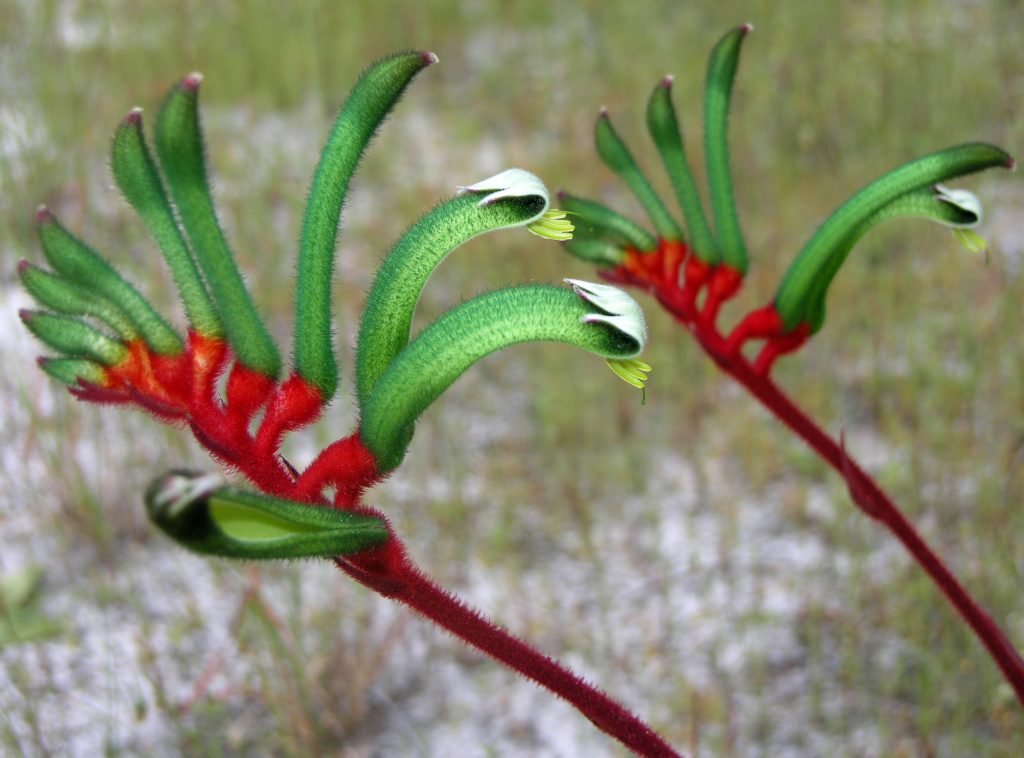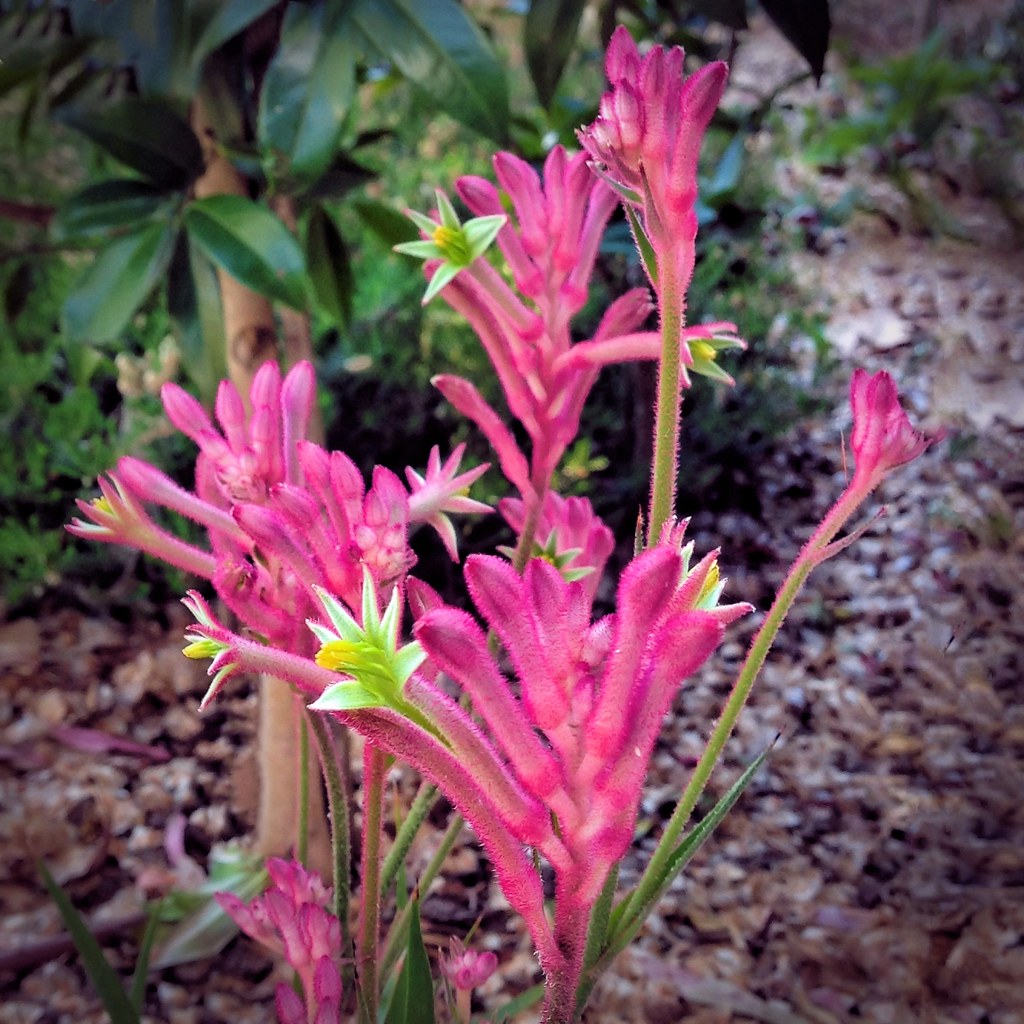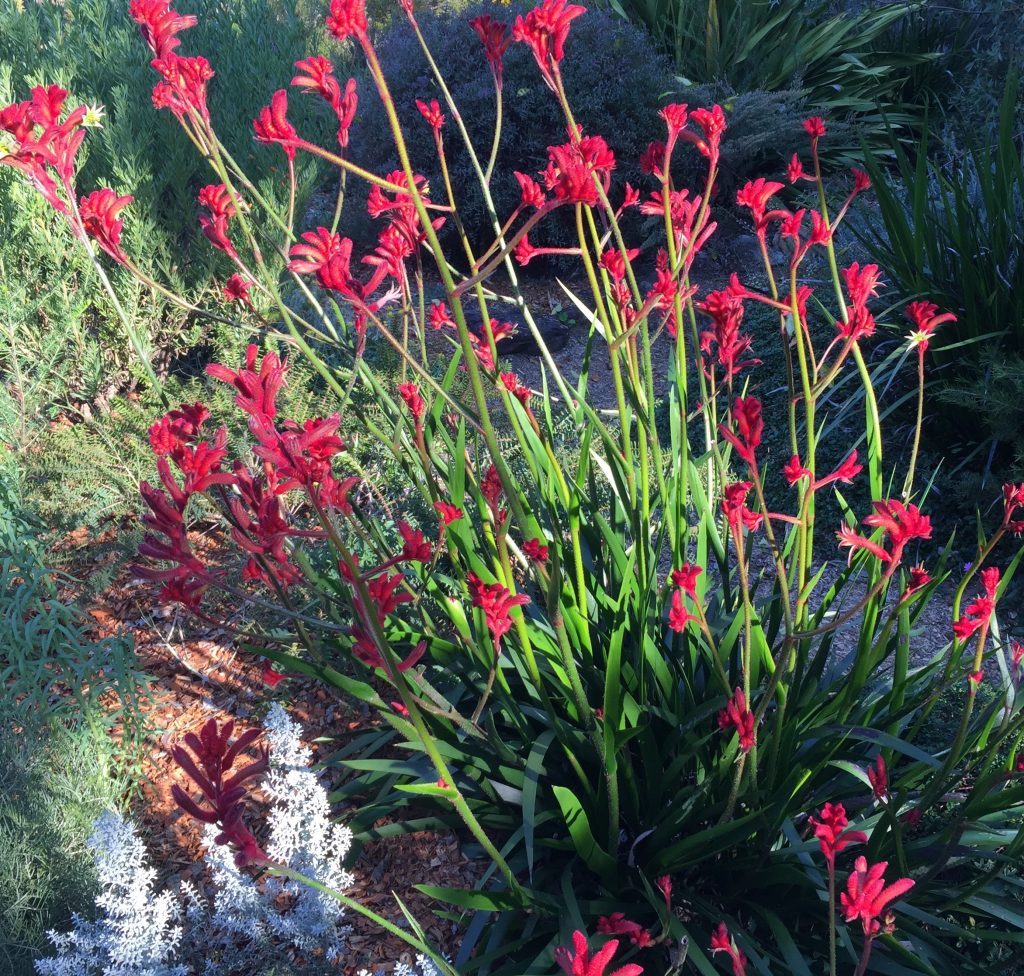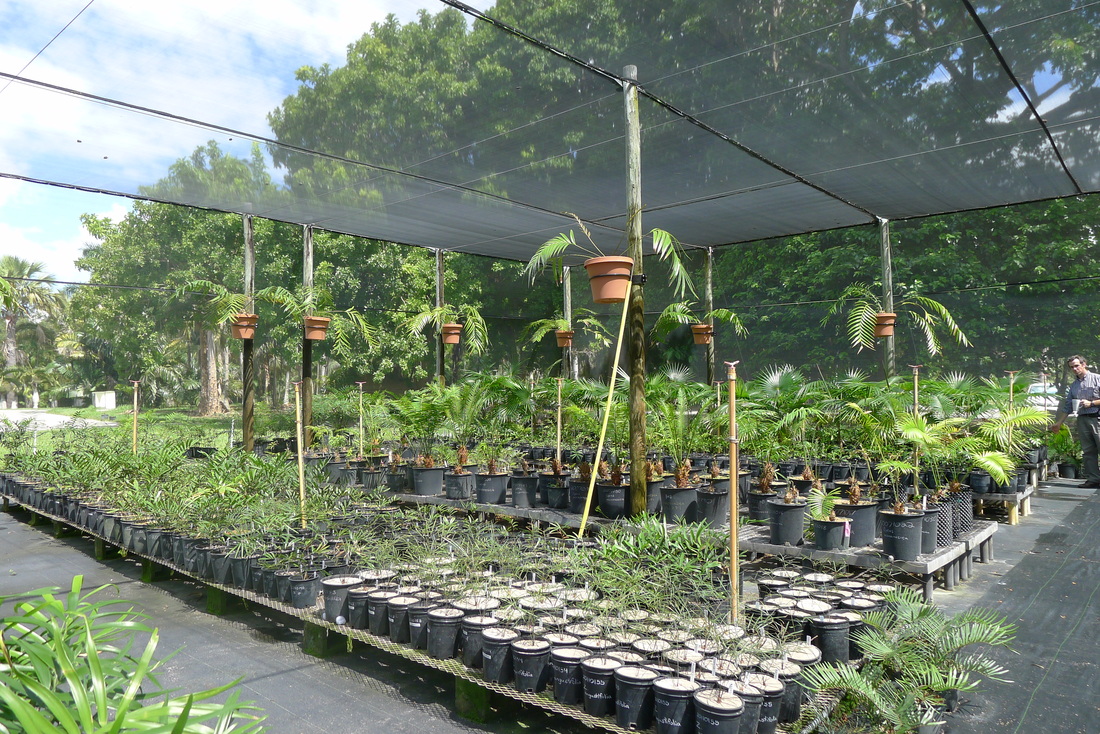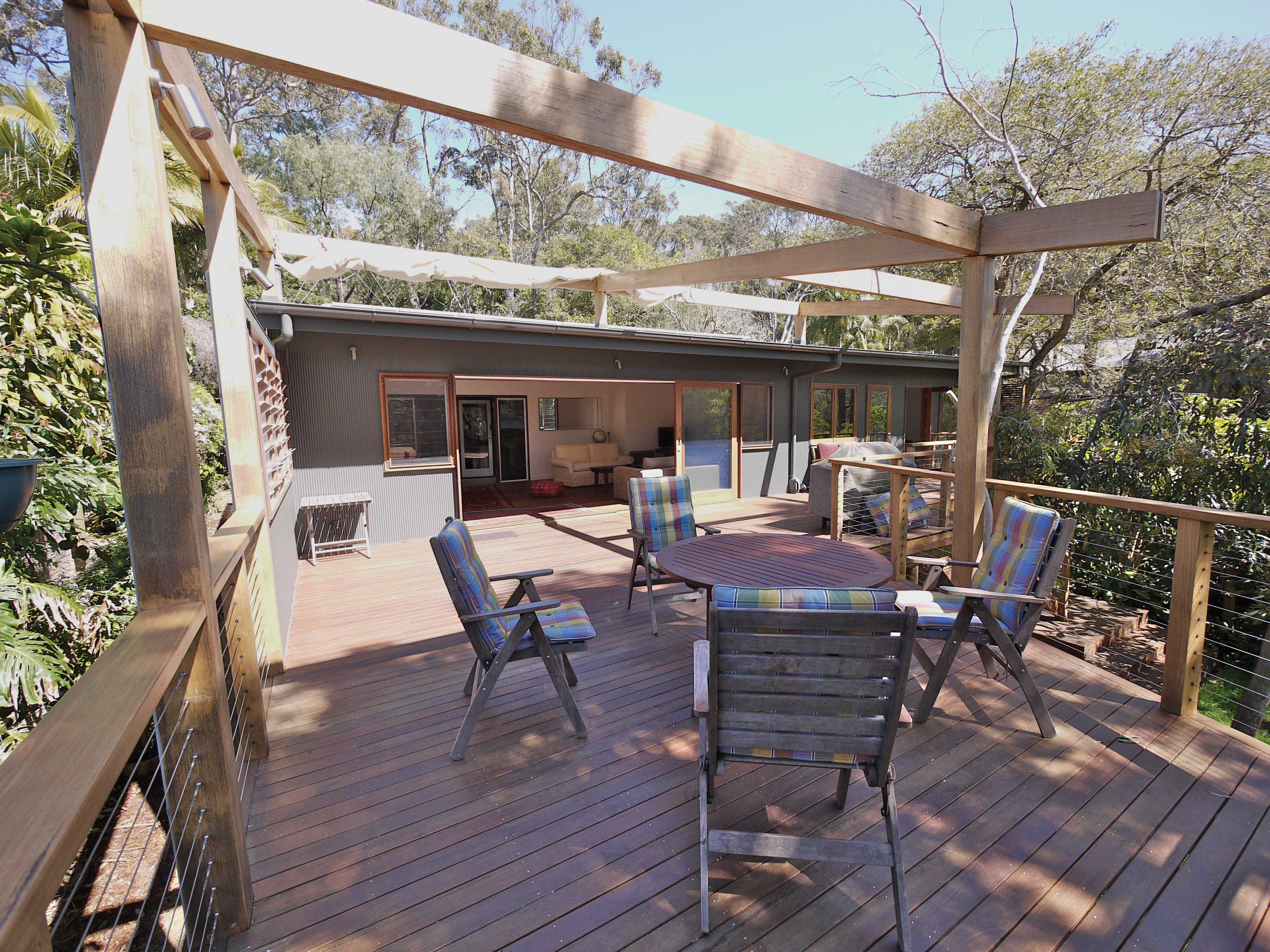Kangaroo Paw (Anigozanthos) is certainly one of the better-known native plant species within the broader gardening community. Although there are many varieties around these days, they all come from only eleven species that are endemic to Western Australia. That being said, very few of those eleven species can be successfully grown over here on the eastern side of the continent. Our wet summers with high humidity are in stark contrast to the dry summers in the west with fungal problems often besetting the WA beauties when grown over here. The tell-tale sign of trouble is ‘Ink Disease’ with black blotches all over the leaves. The stunning red and green WA floral emblem, Anigozanthos manglesii is an absolute duffer over here for that reason. But selective breeding in recent years has managed to produce a good crop of paws that cope with our very different climatic conditions.

Anigozanthos manglesii 
Anigozanthos Bush Pearl 
Anigozanthos Rampaging Roy Slaven
When I first became enamoured with our native flora about forty years ago, the only species that could be successfully grown over here was Anigozanthos flavidus. It had stems up to 2m high and paws that were a pretty washed-out yellow. Yet all that has changed! There are now many low-growing paws to around 1m high in a great variety of colours. I have no hesitation in saying that the most reliable of these is ‘Bush Pearl.’ It has pink stems to around 50cm which are produced for many months from early spring to late summer. Well-known gardening media commentator, Angus Stewart has been very involved in the introduction of many of the newer varieties and he took great delight in naming another beauty, ‘Rampaging Roy Slaven.’ This one has orange/red stems to around 1m high over much the same time frame.
These paws respond very well to fertilizer and there is no need to look for a special low-phosphorus fertilizer for natives; they’ll lap up anything. The more sun the better and they certainly enjoy a drink in dryer times. And don’t forget to cut off the older stems. The best of plants can look awful when the older stems are left on the plant. Better still, cut off the stems while fresh and pop them in a vase; they’ll look great for ages. And what’s more, the drastic measure of cutting a plant back to ground level can produce an abundance of new growth but make sure it is kept well-watered along with a liquid fertilizer occasionally.
Brian Roach spent his professional life as Crown Prosecutor/Barrister before retiring. Brian runs a cottage industry native plant nursery from his home in Westleigh, as well as being a member of the Australian Plants Society.

